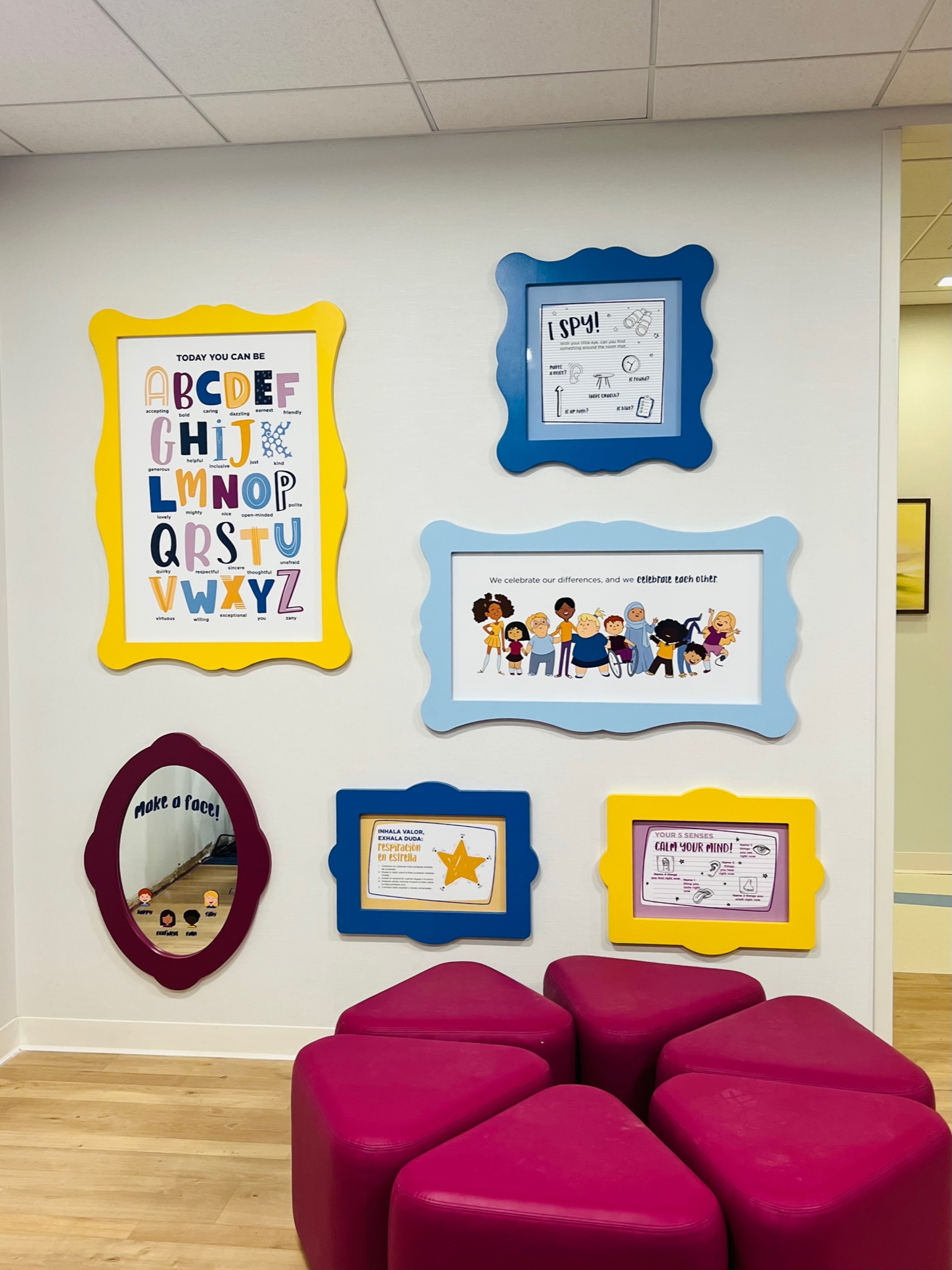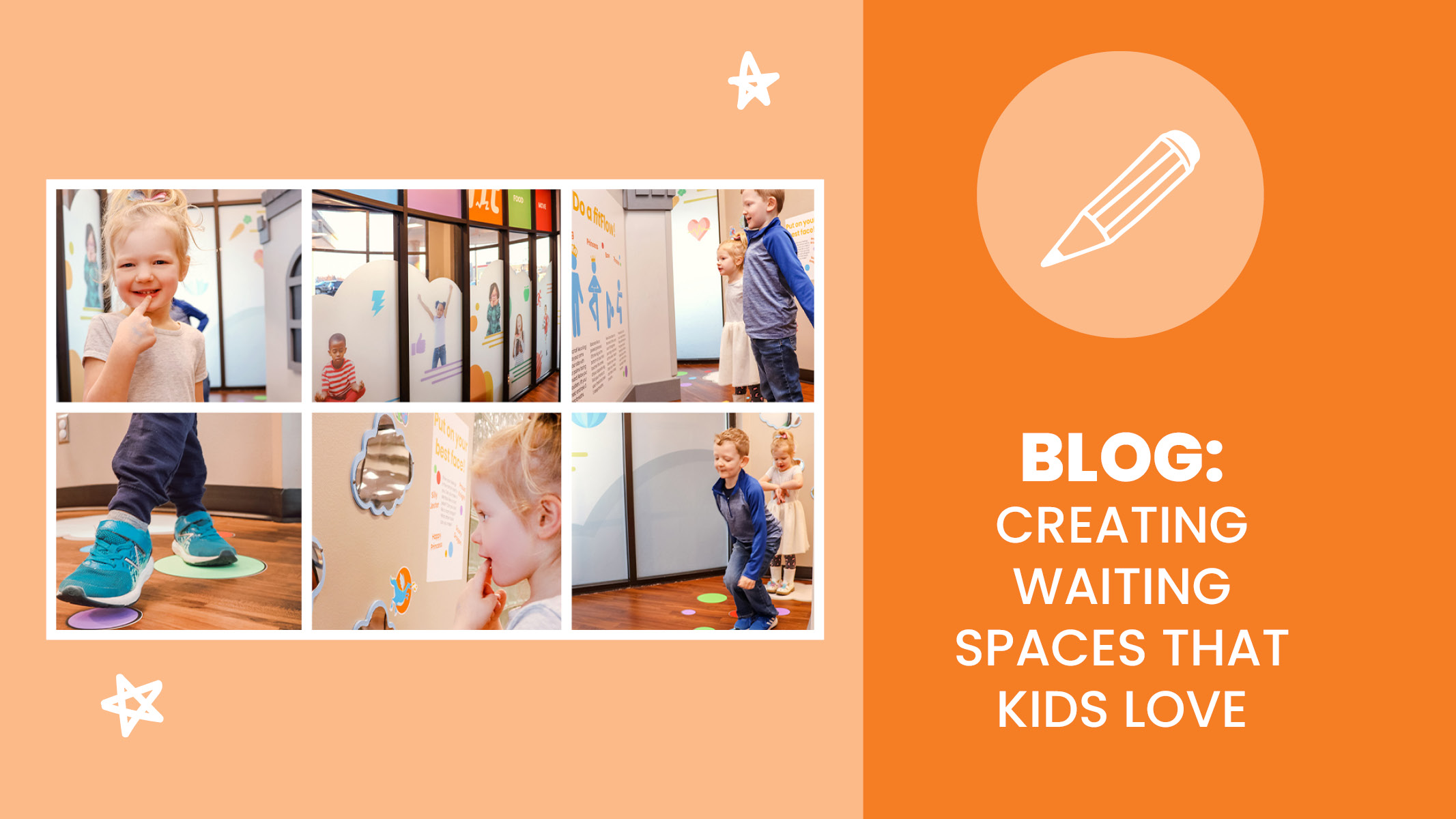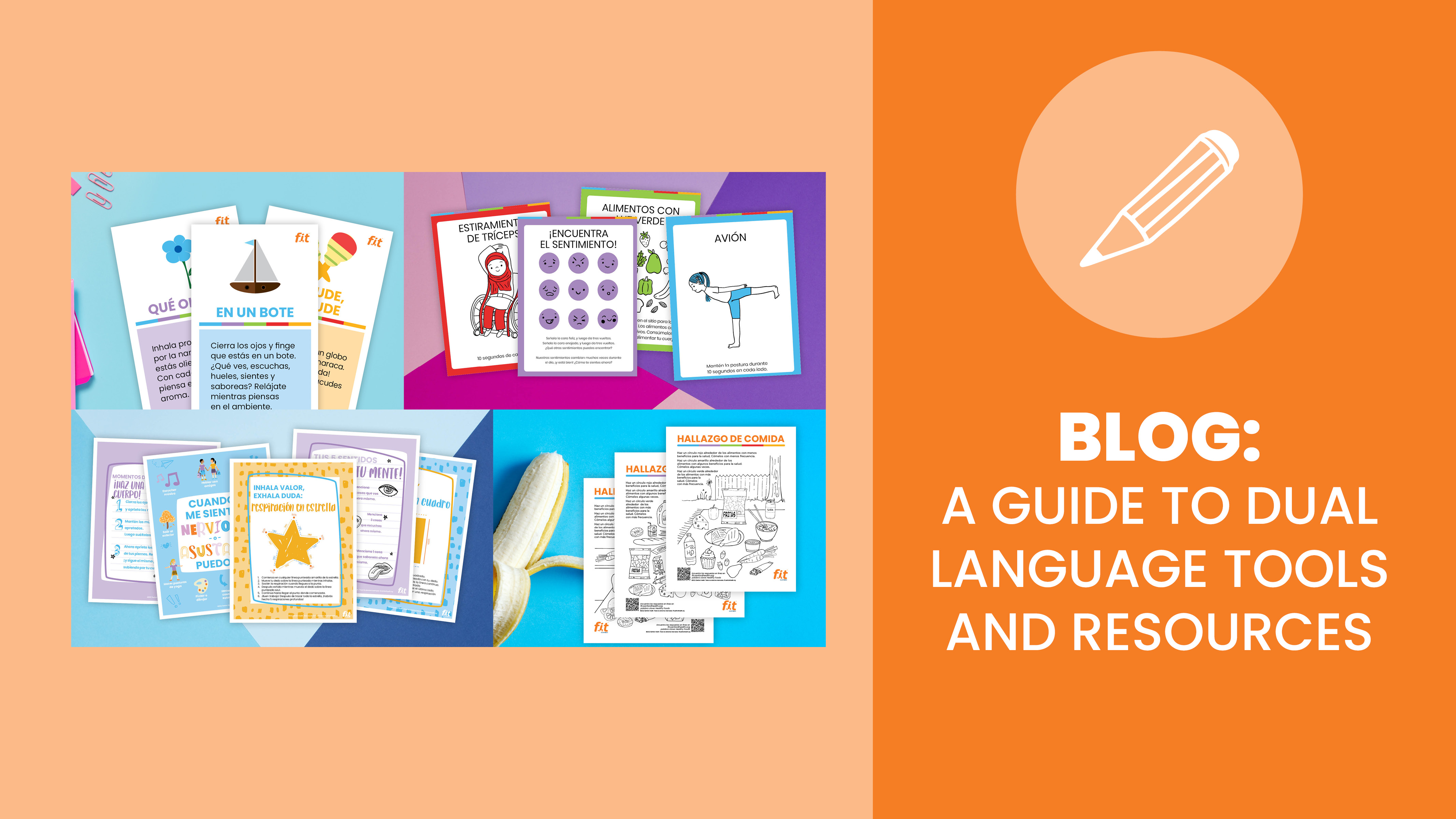No one truly enjoys the waiting room experience, right? But, for a lot of families with children, waiting rooms are inevitable. It’s part of almost every visit to the dentist or the doctor if you’re not able to do a virtual visit. Even though they’re unavoidable, waiting rooms typically come with chaos and longer-than-expected wait times which can lead to added stress – especially for kids.
According to the American Academy of Pediatrics, kids see a doctor an average of 31 times from birth to age 21. That’s a lot of appointments and a lot of undue stress for families. One mom in particular, our program’s own Amy Baete, sat through one too many chaotic experiences with her own kids and decided to do something about it.
“In the middle of my kids climbing on chairs and digging in my purse, I knew that we could do something to provide a better experience for kids. It seemed unfortunate that the only options to engage or entertain my kids while we waited were TVs and tablets, so my team and I got to work.”
But without a roadmap or a model of how to accomplish this goal, Amy and the fit team took inspiration from the program’s mission and thought about how kids play.
“At Sanford fit, we believe in doing good things for kids and investing in children’s wellness. It’s part of our mission.”

The fit team partnered with physical therapists, clinic leaders, and contractors to design an amazing new pediatric waiting area at one of the organization’s existing clinics in Sioux Falls, SD. Instead of a dark and sterile space with a TV, they created an inclusive space with a brightly colored sensory path and a castle-themed yoga wall.
As the fit team designed the wait space additions, they quickly realized the importance of engaging kids in a variety of ways, including options that don’t require physical activity. If a child feels sick and needs to visit the doctor, they may not feel like moving their body, but they may still want a stress-reducing distraction while they’re waiting. Adding a self-reflection area for silly faces and mirrors on the wall became a vital part of the design and space.
“It was really important to us to use play-based design to create a safe, clean space for children of all ages and abilities to play and be creative while they wait for appointments. Replacing screens with opportunities for kids to be physically active or stimulated was paramount to us.”
After implementing the new wait space features, the fit team noticed some differences, and Amy shared about them during the TEDx Sioux Falls 2020 event – you can watch the entire talk here. “They are instinctively doing what kids do and they’re having fun…Now this is their core memory.” Not only that, but parents interact and play with their kids more while they wait.
Today, interactive wait spaces have been implemented in more clinics and settings throughout Sioux Falls and Sanford Health clinics and the community has felt the positive impacts. One of Sanford Health’s partners, Alaina Hardie of Hardie Design Studio, helps design wait spaces and sees their impact. “Kids know when something is for them, and when they do, they get really jazzed about it. Our goal is to give kids a positive distraction in a colorful, fun, and inclusive setting.” Hardie went on to explain that the parents and kids who enter a waiting room have a wide variety of emotions and experiences. “I want to create a space that’s engaging and informative, but more importantly, reflects kids’ lives and gives them inclusive, meaningful messages. Plus, when kids feel good, their caretakers have a better experience too.”
In an interview with Keloland News, Brittney Nathan, Lead Program Development Specialist at Sanford fit, emphasized the importance of thoughtfully designed waiting areas for children. She explained, “On the surface, it does look maybe just cute pictures and aesthetically pleasing, but we know that it’s very common for kids to have nervous feelings before an appointment, and once you are in this space, it is amplified, its game time you are just about ready to have that experience that all those feeling are associated with.” Drawing from her hands-on experience at Sanford Castle, Nathan highlighted her deep understanding of what children need in these settings. “Our goal is not to eliminate stressors because they are there. We want to validate that when they enter the door and hold their hand through their journey, and support them through everything they experience,” she said.



Even though positive impacts have been made, the fit team and Alaina Hardie are working toward implementing more positive and engaging wait spaces. However, the challenge remains the same. What will you do to improve the lives of children? If you’re looking for some inspiration, you can go create sensory paths in school hallways, chalk the sidewalk with positive messages, have extra recess as a reward, encourage kids to express themselves, champion your local library to utilize areas for interactive sensory spaces, or just play with your kids. No matter what you do, know that when children play, the entire world wins.
For more ideas on how to create activity areas or sensory paths in your space, check these out:
Your Complete Guide for How and Why to Create a Sensory Path
Mindful Moments Cards
fitFlow Yoga


